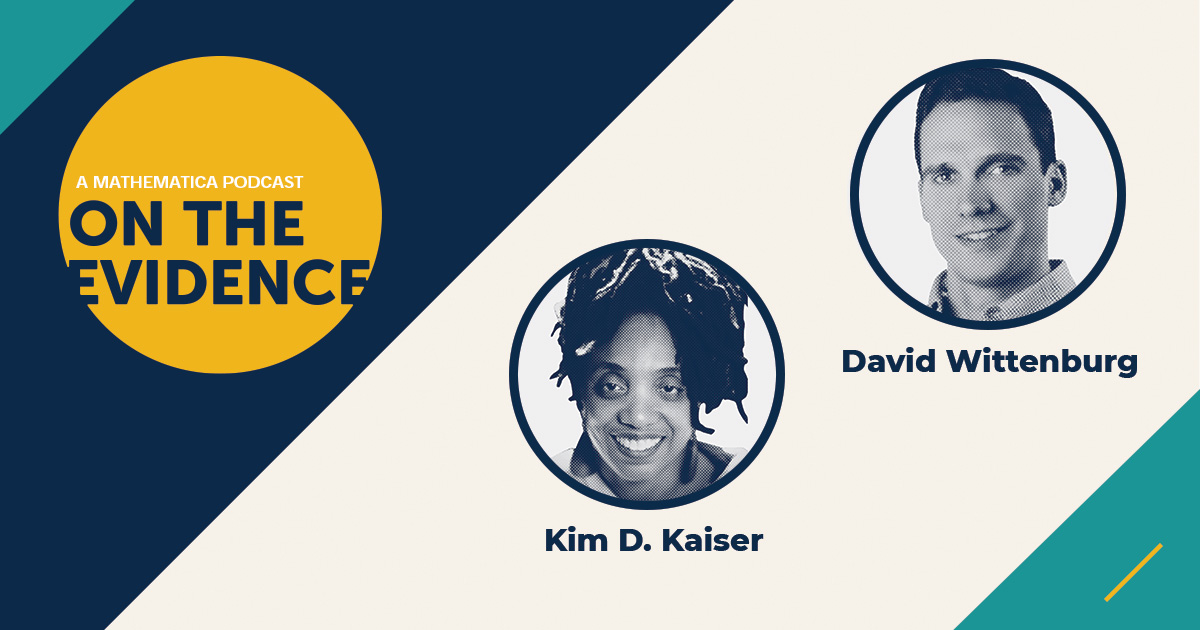
Making Data on Minority Youth More Accessible
Mathematica has made data on youth with disabilities more accessible by building an interactive map and creating downloadable data briefs for county Centers for Independent Living across the United States.
Explore the Data


